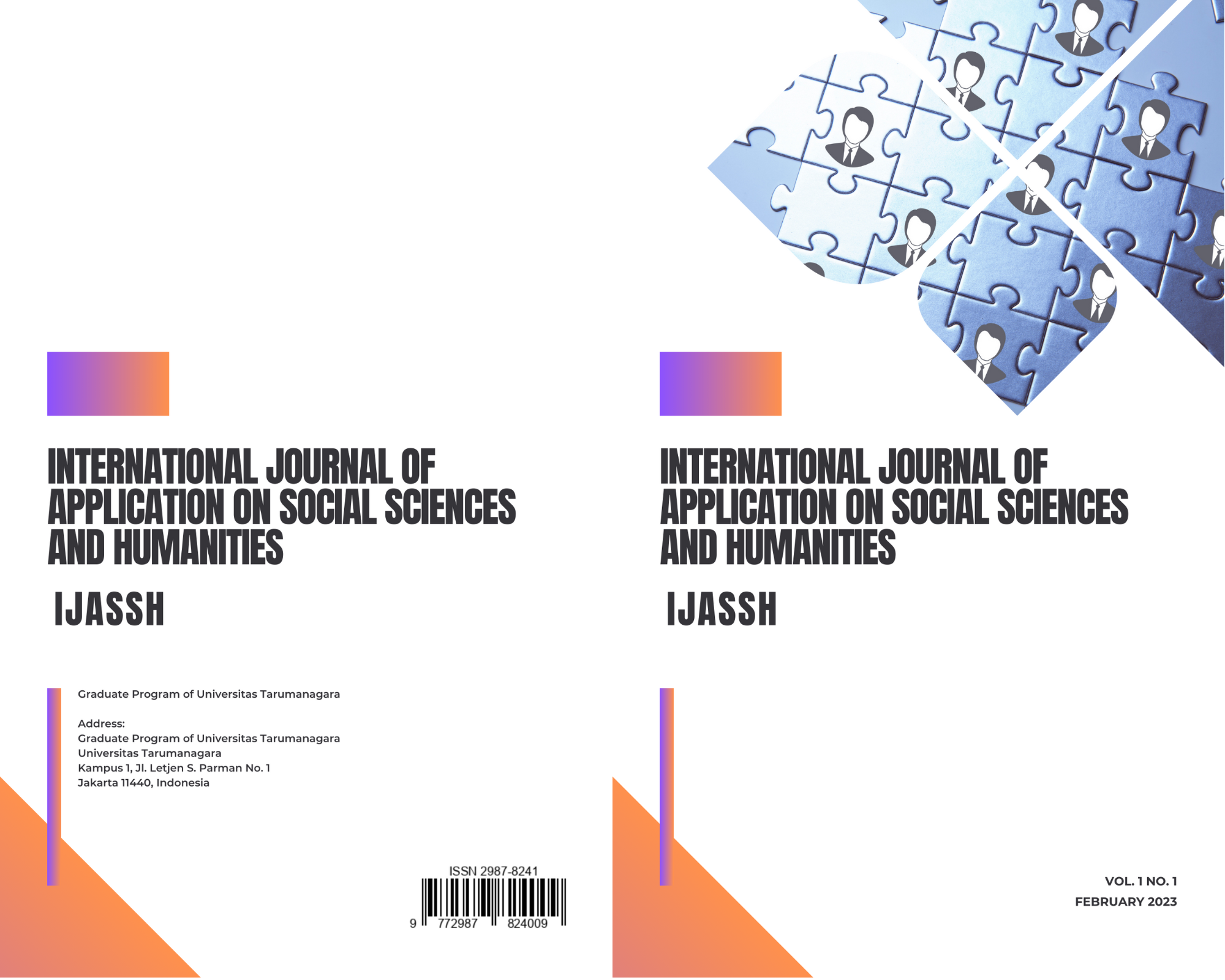SOCIODEMOGRAPHIC PREDICTORS OF GENERAL HEALTH AND QUALITY OF LIFE IN THE ELDERLY IN COMMUNITY OR NURSING HOME DURING THE COVID-19 PANDEMIC
Main Article Content
Abstract
During the COVID-19 pandemic, older people are the most vulnerable to experience physical and psychological problems, which in turn will affect their quality of life (QoL). The sociodemographic backgrounds of elderly dwelling in the community and their counterparts in nursing homes may differ. This cross-sectional study aimed to determine the sociodemographic predictive factors of the perceived general health and QoL among 67 elderly in the community and 34 elderly in nursing homes. Data on sociodemographic and QoL (measured by the WHOQOL-BREF instrument) were collected during January–July 2021 and analyzed using the multivariate regression model. The study found that among the community-dwelling elderly, those who lived with a paid assistant indicated a poor to average perceived QoL, while older age was a predictive factor for an increased in the QoL scores especially the physical health, psychological and environment domains. On the contrary, higher education level predicted higher physical health scores, and spiritual belief was a positive predictor in each QoL domain. As to older respondents in nursing homes, women tended to have a better perceived QoL, those with higher level of spiritual belief was likely to perceive a good general health, whereas those who had higher education level was likely to have a lower social domain scores. Conversely, elderly in the nursing home whose marital status was widowed or separated had the lowest scores in both physical health and psychological domains, while those who never communicated with family had the lowest social and environment scores.
Article Details

This work is licensed under a Creative Commons Attribution-NonCommercial-ShareAlike 4.0 International License.
References
A.M.F. Danuputra, Hubungan antara activity of daily living (ADL) dengan kualitas hidup pada lansia di komunitas binaan Pusaka 41 yayasan Al-Madiniyah Jakarta Barat, Skripsi, Universitas Tarumanagara, Jakarta, 2021.
D. Banerjee, The impact of Covid-19 pandemic on elderly mental health, Int J Geriatr Psychiatry 35(12) (2020) pp. 1466-1467. https://doi.org/10.1002/gps.5320.
D.R. Karyono, A.L. Wicaksana, Current prevalence, characteristics, and comorbidities of patients with COVID-19 in Indonesia, Journal of Community Empowermont for Health 3(2) (2020) pp. 77-84. https://doi.org/10.22146/jcoemph.57325.
E.M. Crimmins, H. Shim, Y.S. Zhang, J.K. Kim, Differences between Men and Women in Mortality and the Health Dimensions of the Morbidity Process, Clin Chem 65(1) (2019) pp. 135-145. https://doi.org/10.1373/clinchem.2018.288332.
F. Yagar, The effect of communication with physician and sociodemographic factors on quality of life: A survey after coronavirus disease (COVID-19) lockdown in Turkey, Journal of Human Behavior in the Social Environment 32(3) (2022) pp. 375-382. https://doi.org/10.1080/10911359.2021.1900977.
F.I.R. Dewi, Rostiana, M.E. Rumawas, The assessment model of quality of life in Indonesian elderly, Advanced Science Letters 24 (2018) pp. 417-419. https://doi.org/10.1166/asl.2018.12026.
G. Tonon, Relevance of the use of qualitative methods in the stydy of quality of life, in: G. Tonon (Ed.) Qualitative Studies in Quality of Life: methodology & practice, Springer International Publishing, Switzzerland, 2015.
H.M. Tzeng, U. Okpalauwaekwe, C.Y. Li, Older Adults' Socio-Demographic Determinants of Health Related to Promoting Health and Getting Preventive Health Care in Southern United States: A Secondary Analysis of a Survey Project Dataset, Nurs Rep 11(1) (2021) pp. 120-132. https://doi.org/10.3390/nursrep11010012.
I. Buchori, Hubungan komorbiditas dengan kualitas hidup pada lansia di komunitas binaan pusaka 41 yayasan Al-Madiniyah Jakarta Barat, Skripsi, Universitas Tarumanagara, Jakarta, 2021.
K. Gerst-Emerson, J. Jayawardhana, Loneliness as a public health issue: the impact of loneliness on health care utilization among older adults, Am J Public Health 105(5) (2015) pp. 1013-9. https://doi.org/10.2105/AJPH.2014.302427.
K.B. Abdullahi, Socio-Demographic Statuses: Theory, Methods, and Applications., Preprints (2019020051) (2019) pp. 1-31. https://doi.org/10.20944/preprints201902.0051.v2.
M.C.N. Satya, R.B. Soemanto, B. Murti, Effect of Family Support and Peer Support on The Quality of Life of The Elderly: A Path Analysis Evidence from Jember, East Java, Journal of Health Promotion and Behavior 4(3) (2019) pp. 159-169. https://doi.org/10.26911/thejhpb.2019.04.03.01.
M.E. Rumawas, Pengukuran kualitas hidup sebagai indikator status kesehatan komprehensif pada individu lanjut usia, Jurnal Muara Medika dan Psikologi Klinis 1(1) (2021) pp. 71-78. https://doi.org/10.24912/jmmpk.v1i1.12088.
N.M. Maciel, M.H.S. De Conti, S. Simeao, C. Genebra, J.E. Corrente, A. De Vitta, Sociodemographic factors, level of physical activity and health-related quality of life in adults from the north-east of Sao Paulo, Brazil: a cross-sectional population study, BMJ Open 8(1) (2018) pp. e017804. https://doi.org/10.1136/bmjopen-2017-017804.
O. Rachmat, S. Setyadi, A. Kustanto, Sociodemographic factors, environmental, community mobility and health indicators associated with the spread of COVID-19 and case fatality rate in Indonesia: an ecological study, Journal of Public Health and Development 20(2) (2022) pp. 12-31. https://doi.org/10.55131/jphd/2022/200202.
P.Y. Titanic, M.E. Rumawas, Hubungan status kognitif dengan tingkat kualitas hidup lansia di Panti Sosial Tresna Wreda Kota Bengkulu, Tarumanagara Medical Journal 4(2) (2022) pp. 357-364. https://doi.org/10.24912/tmj.v4i2.17721.
R.J. Gobbens, R. Remmen, The effects of sociodemographic factors on quality of life among people aged 50 years or older are not unequivocal: comparing SF-12, WHOQOL-BREF, and WHOQOL-OLD, Clin Interv Aging 14 (2019) pp. 231-239. https://doi.org/10.2147/CIA.S189560.
R.R. Marzo, P. Khanal, A. Ahmad, F.A. Rathore, S. Chauhan, A. Singh, S. Shrestha, A. AlRifai, M. Lotfizadeh, D.A. Younus, M.A. Billah, F. Rahman, Y. Sivaladchanam, D. Mohan, T.T. Su, Quality of Life of the Elderly during the COVID-19 Pandemic in Asian Countries: A Cross-Sectional Study across Six Countries, Life (Basel) 12(3) (2022) pp. https://doi.org/10.3390/life12030365.
S. Mukhtar, Psychological impact of COVID-19 on older adults, Curr Med Res Pract 10(4) (2020) pp. 201-202. https://doi.org/10.1016/j.cmrp.2020.07.016.
S. Nugraha, Y.T. Aprillia, Health-Related Quality of Life among the Elderly Living in the Community and Nursing Home, Journal Kesehatan Masyarakat (KEMAS) 15(3) (2020) pp. 419-325. https://doi.org/10.15294/kemas.v15i3.21282.
V. Raghupathi, W. Raghupathi, The influence of education on health: an empirical assessment of OECD countries for the period 1995-2015, Arch Public Health 78 (2020) pp. 20. https://doi.org/10.1186/s13690-020-00402-5.
World Health Organization (WHO), WHOQOL: Measuring Quality of Life, Division of Mental Health and Prevention of Substance Abuse, World Health Organization, Geneva, Switzerland, WHO/MSA/MNH/PSF/97.4, 1997.



